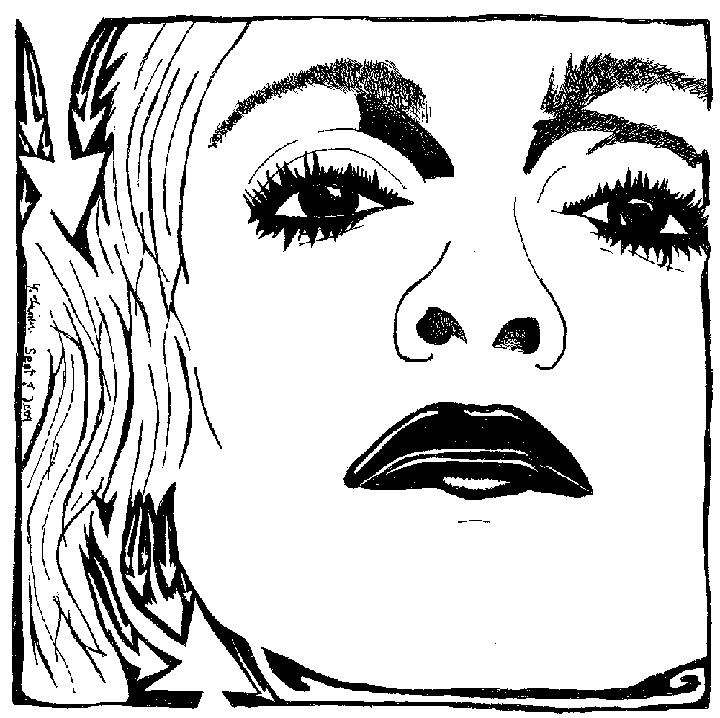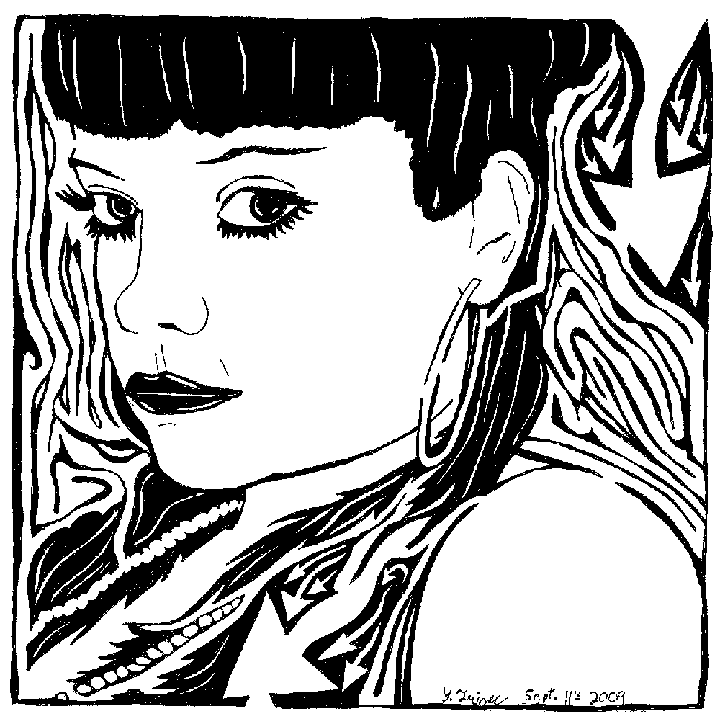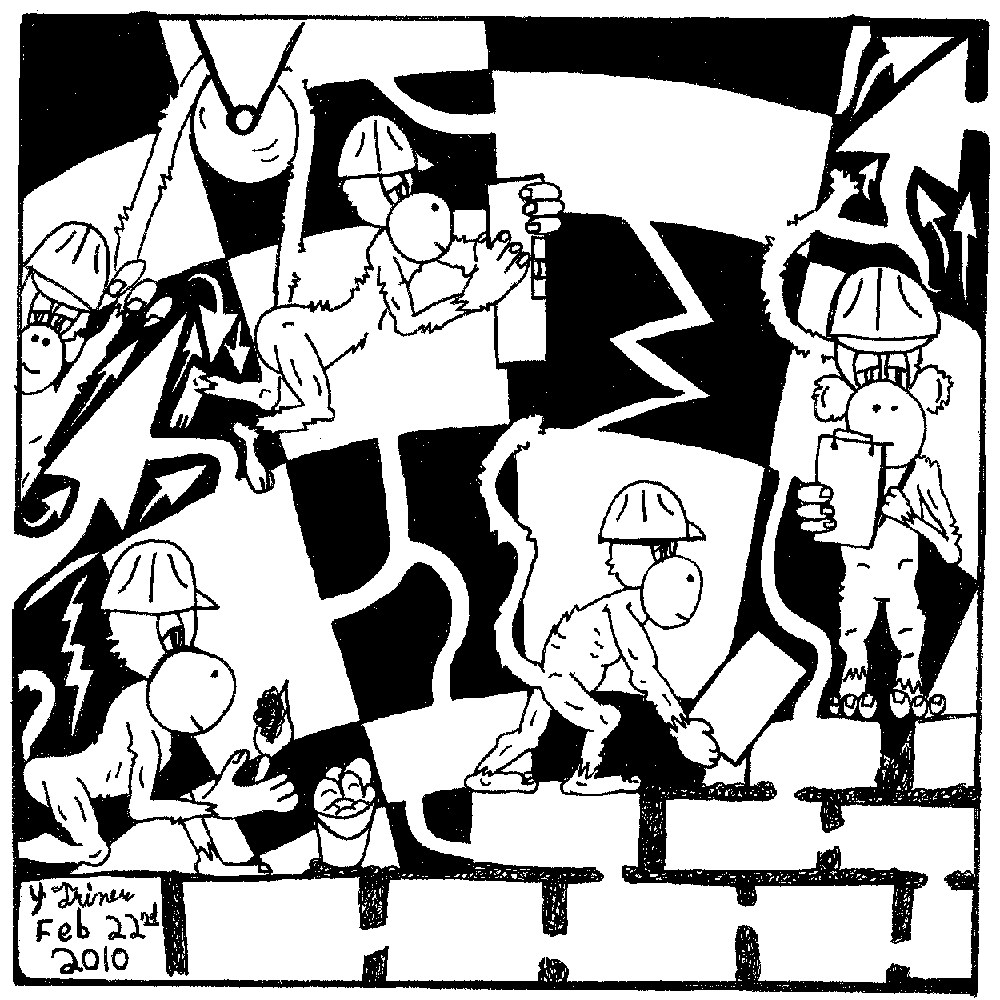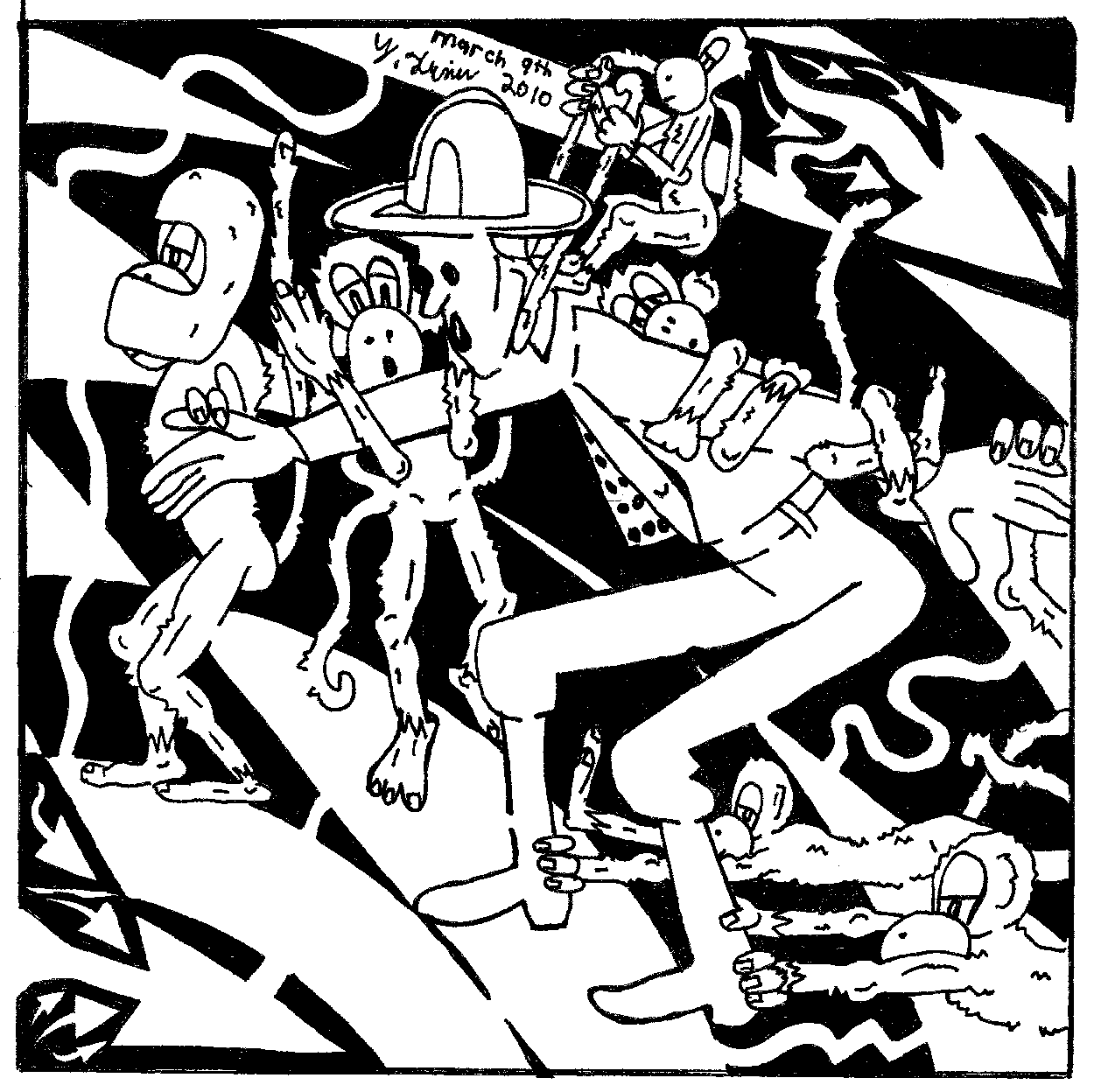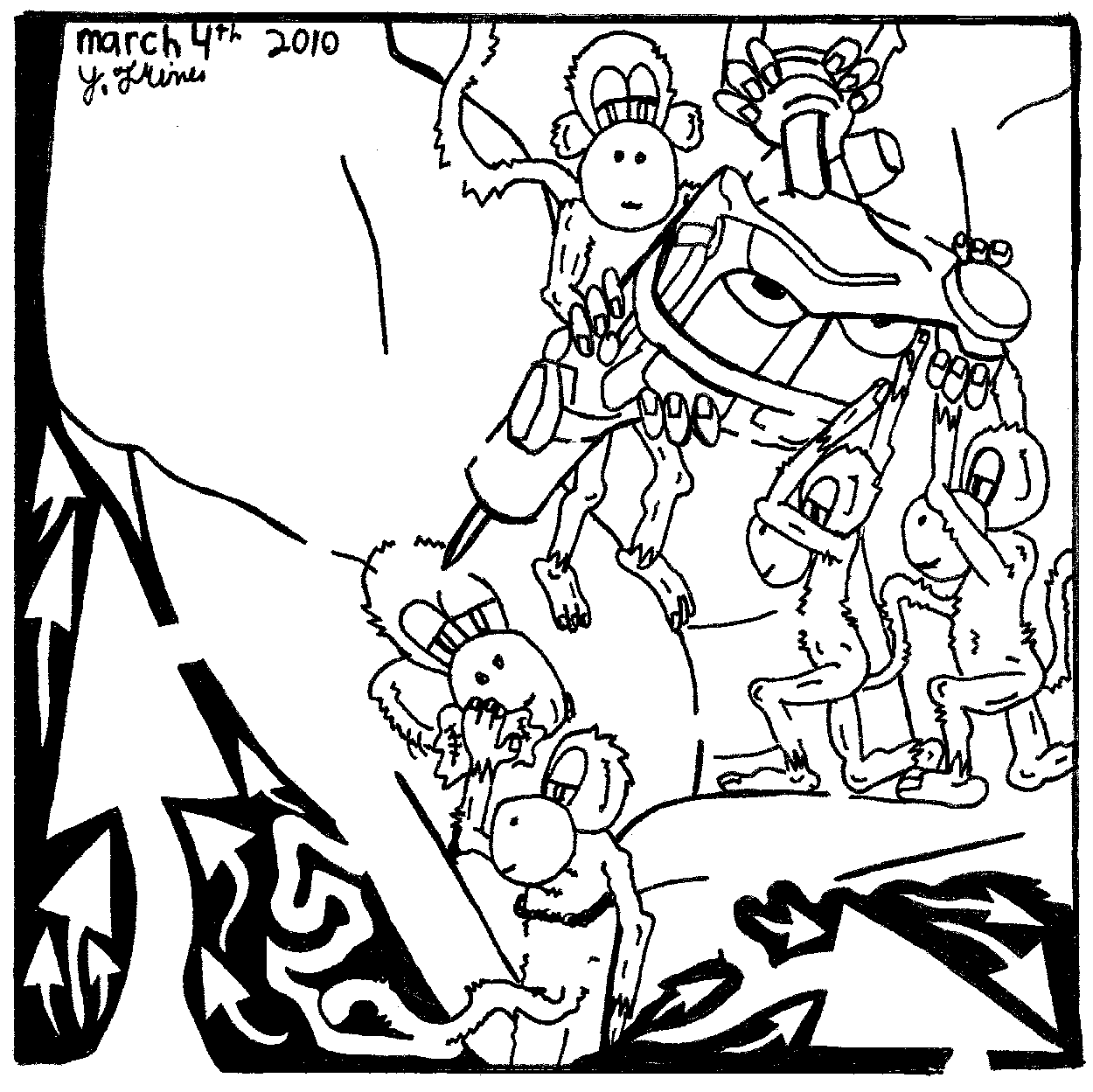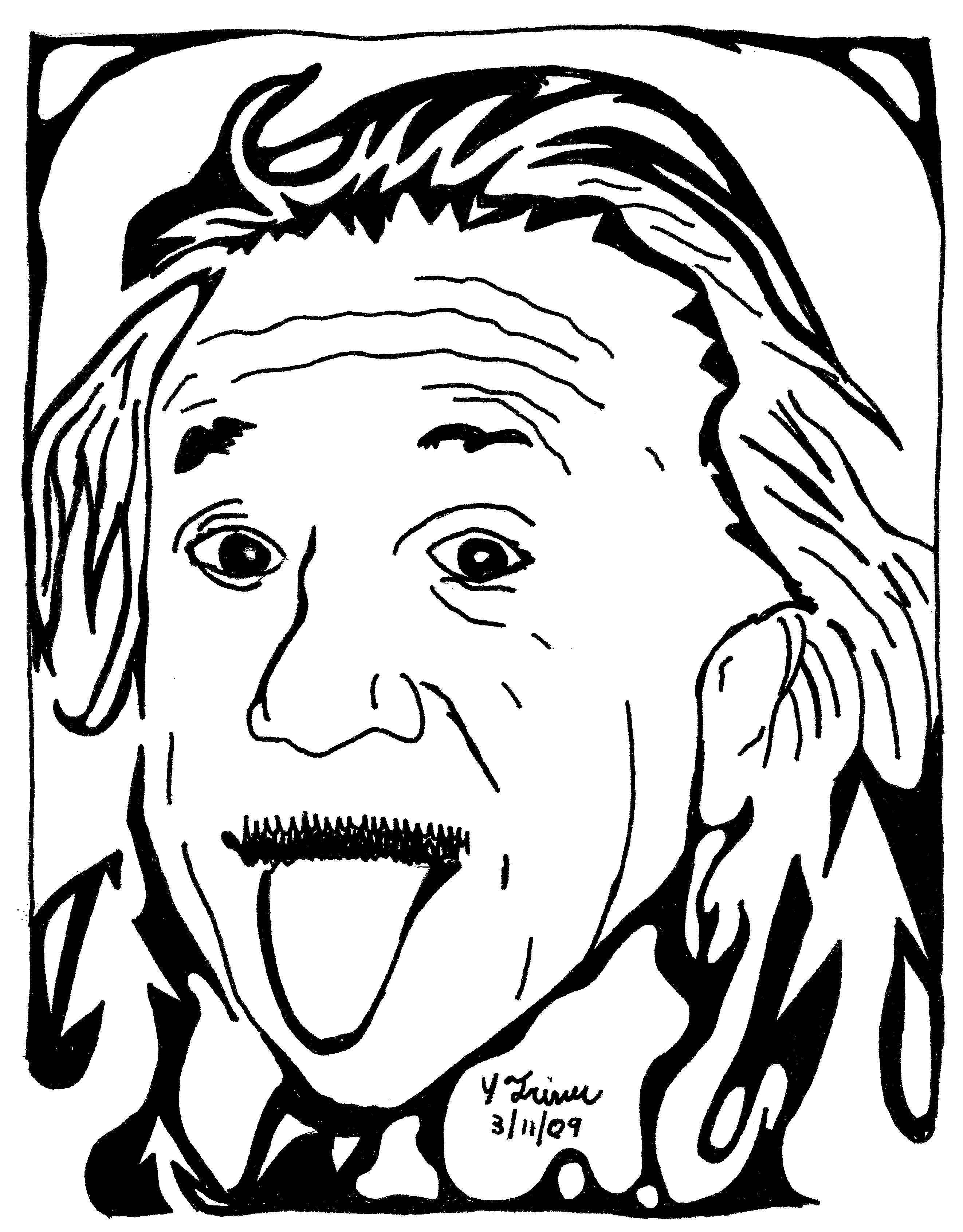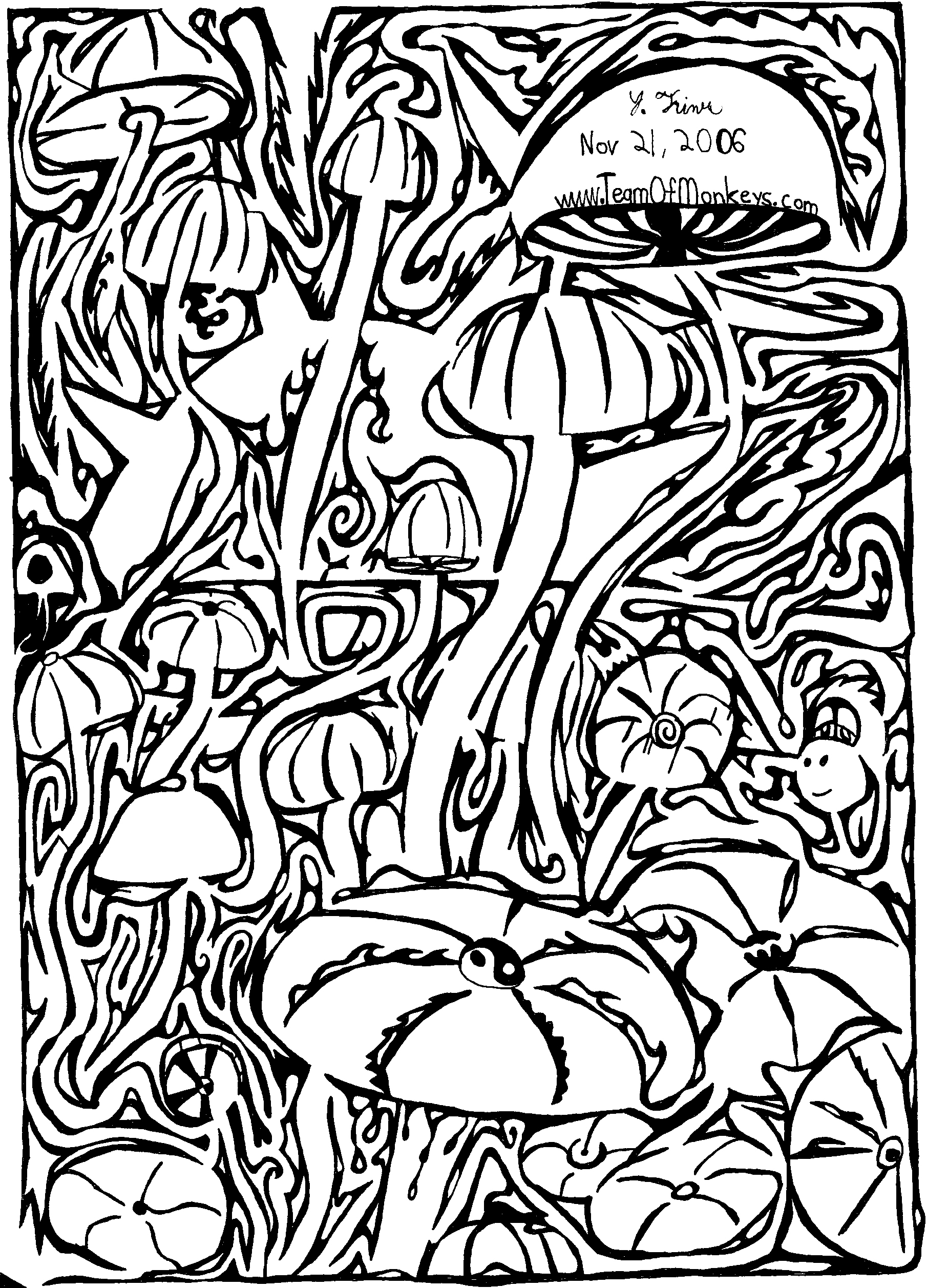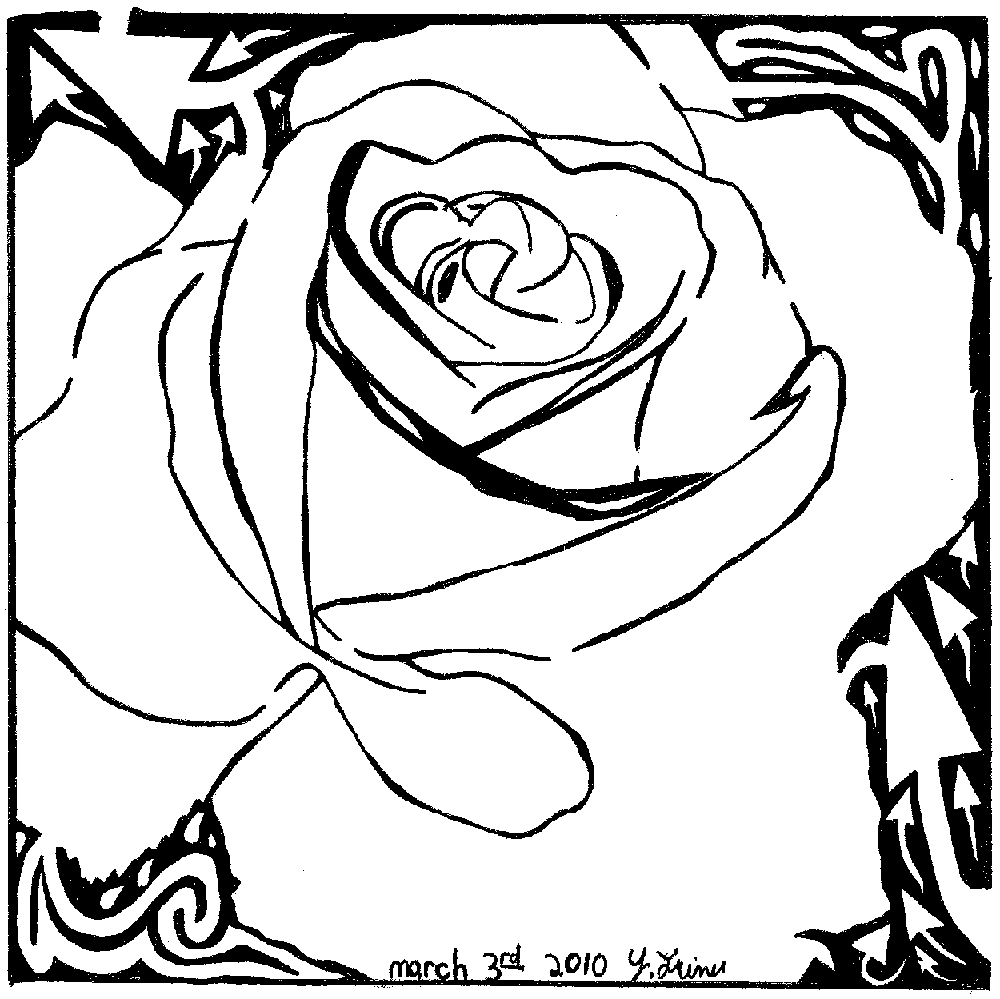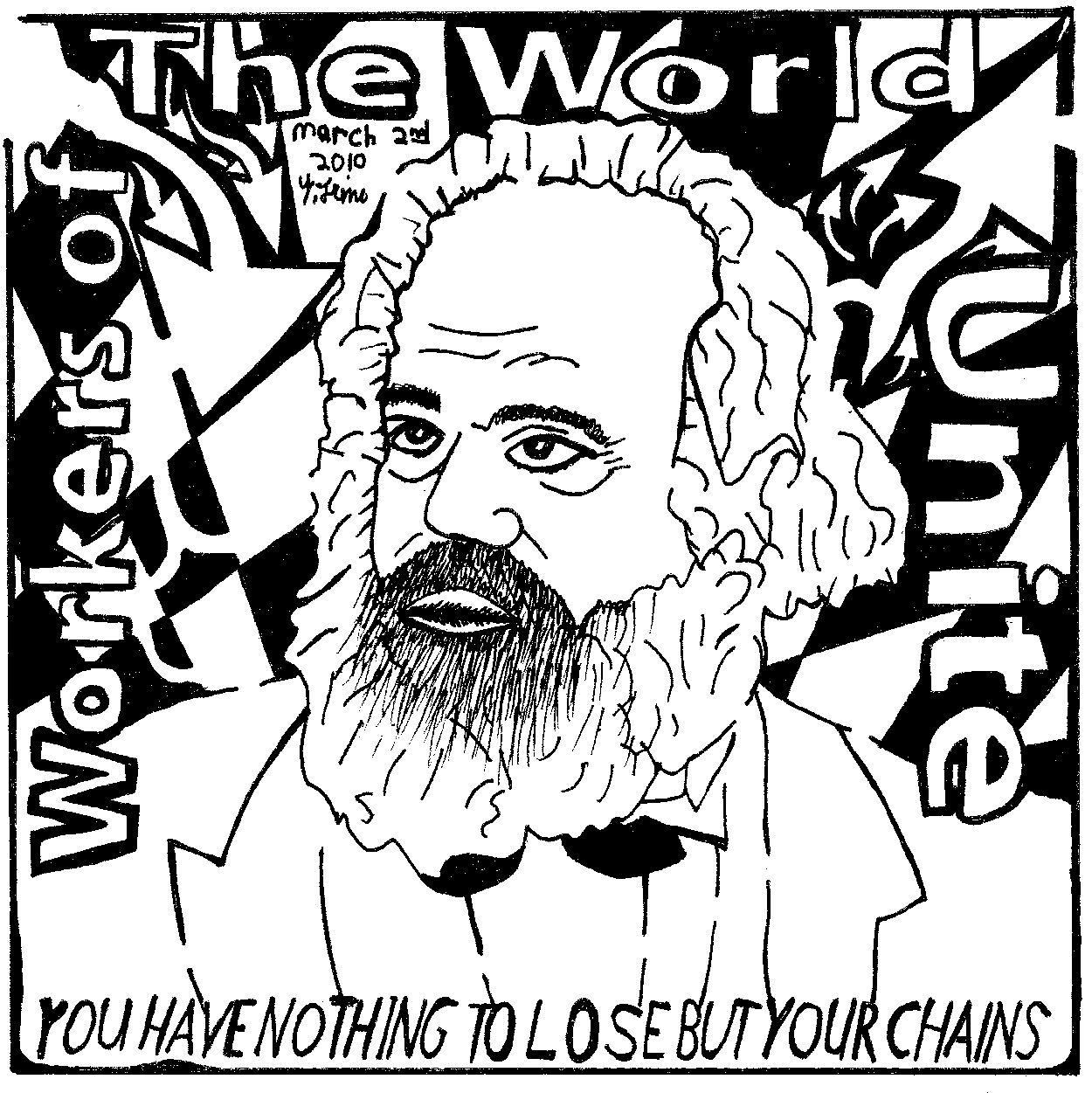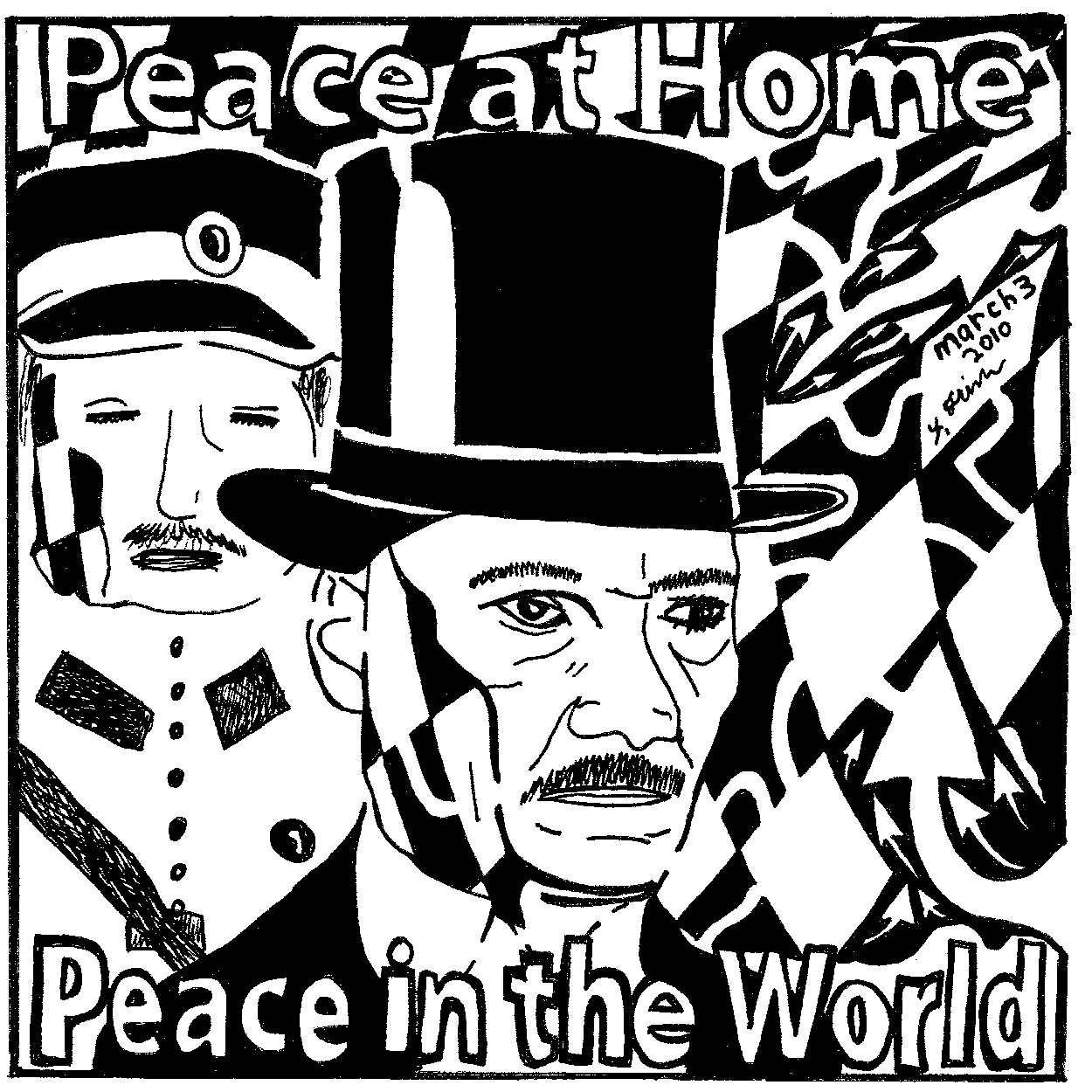Replaying recent events in the hippocampus of the brain has more to do with active decision-making process than with creating long-term memories, according to a new study. Conducted by researchers at Carnegie Mellon University and the University of Minnesota Medical School, the study of rats navigating a
maze found that replays occurring in the
hippocampus were not necessarily recent or frequent paths through
the maze, as would be expected if the event was being added to memory.
On the other hand, the replays often were paths that the
rats had rarely taken or, in some cases, had never taken, as if the rats were trying to build maps to help them make better navigation decisions.
Dr. Anoopum Gupta, and his colleagues said that their findings suggest replays in the hippocampus are not merely passive echoes of past events, but part of a complex, active process of decision-making.
"Our work provides clues into how animals construct a complete, fully navigable representation of their environment, even if they’ve only partially explored that environment. The cognitive maps created in this way may allow animals to plan novel routes or shortcuts. As we learn more about the neural mechanisms that enable animals to flexibly navigate through the world, we hope to apply those lessons to research in robotics that could improve autonomous navigation systems," said Gupta.
The team used electrode ‘hats’ to record brain activity of rats as they navigated
a maze. In particular, they monitored certain neurons, called place cells, which fire in response to physical locations.
That enabled the researchers to identify where an event that was being replayed was located based on which place cells were firing.
During an experiment, a rat might be in one portion of the
maze, while the firing of place cells in the hippocampus indicated that the rat was replaying information about a different location.
On a task with two behavioral sequences, A and B, the researchers found that the animals would replay sequence B more often though they spent most of their time running sequence A.
This meant that the rats were most likely to replay the path they had experienced less often, which indicated that replay is not just a function of helping an animal remember what it has experienced most frequently or most recently, but an important function in helping it map its whole environment.
During the replay process, the research team also was able to observe the animal making connections between paths that it had never physically traveled before.
This further suggested that replay plays a role in helping an animal
learn and maintain the entire map of its environment and make connections within it.
The rats were not just reviewing recent experience to move it to long-term memory.
The study was published in the journal
Neuron.
Want to test the theory, try solving some of these mazes, created by Yonatan Frimer
The maze entrances and exits are marked by arrows.
Maze of the statue of david, by Yonatan Frimer
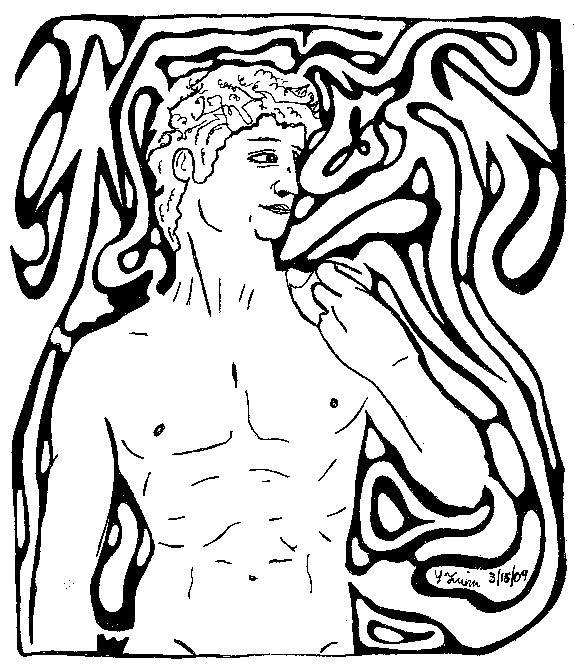
Maze Portrait Of Michalangelo's David
Check out more mazes at these links
Maze cartoon - Team Of monkeys maze
maze art - inkblot mazes
Maze portrait of Madonna, by Yonatan Frimer


